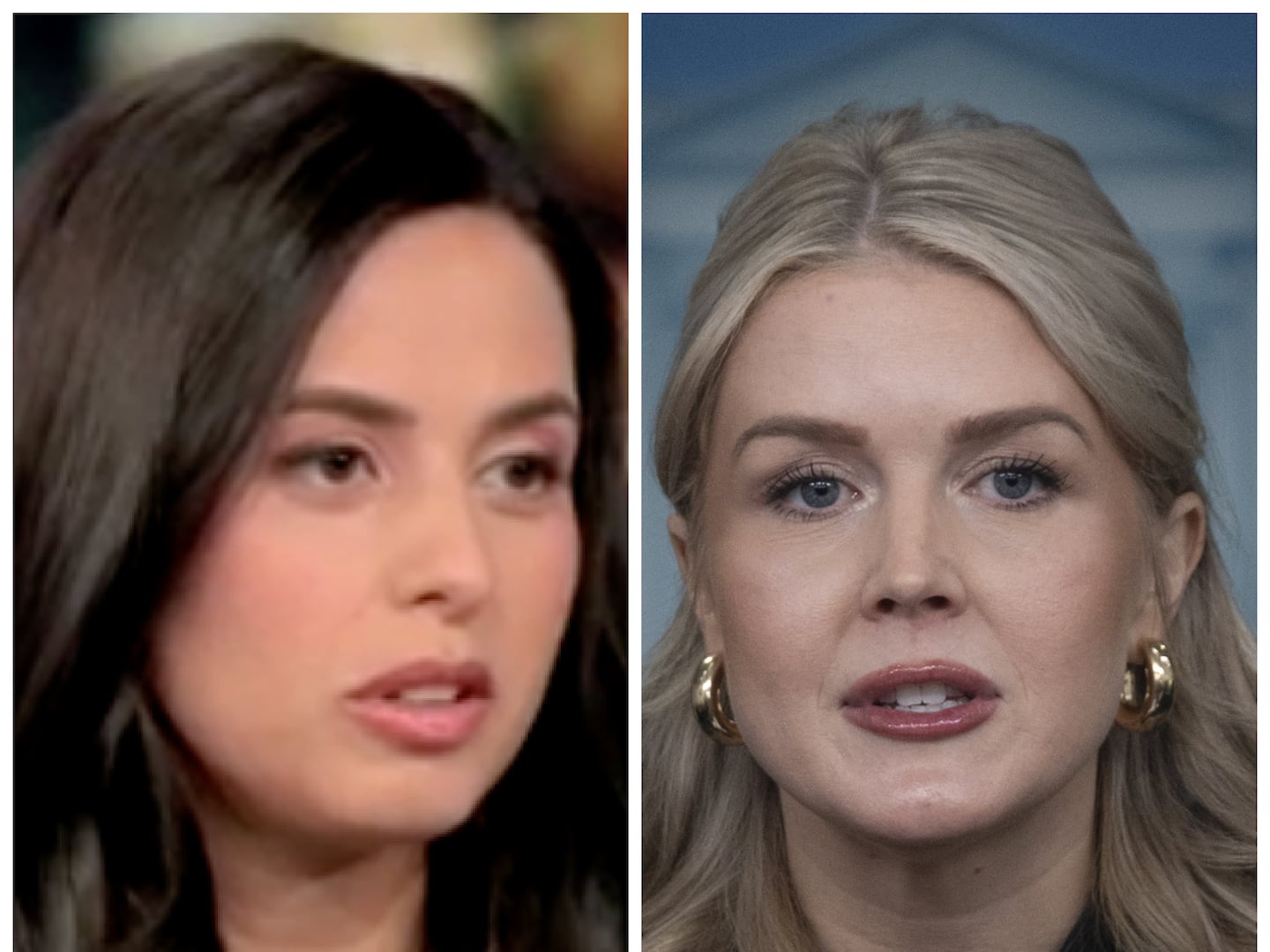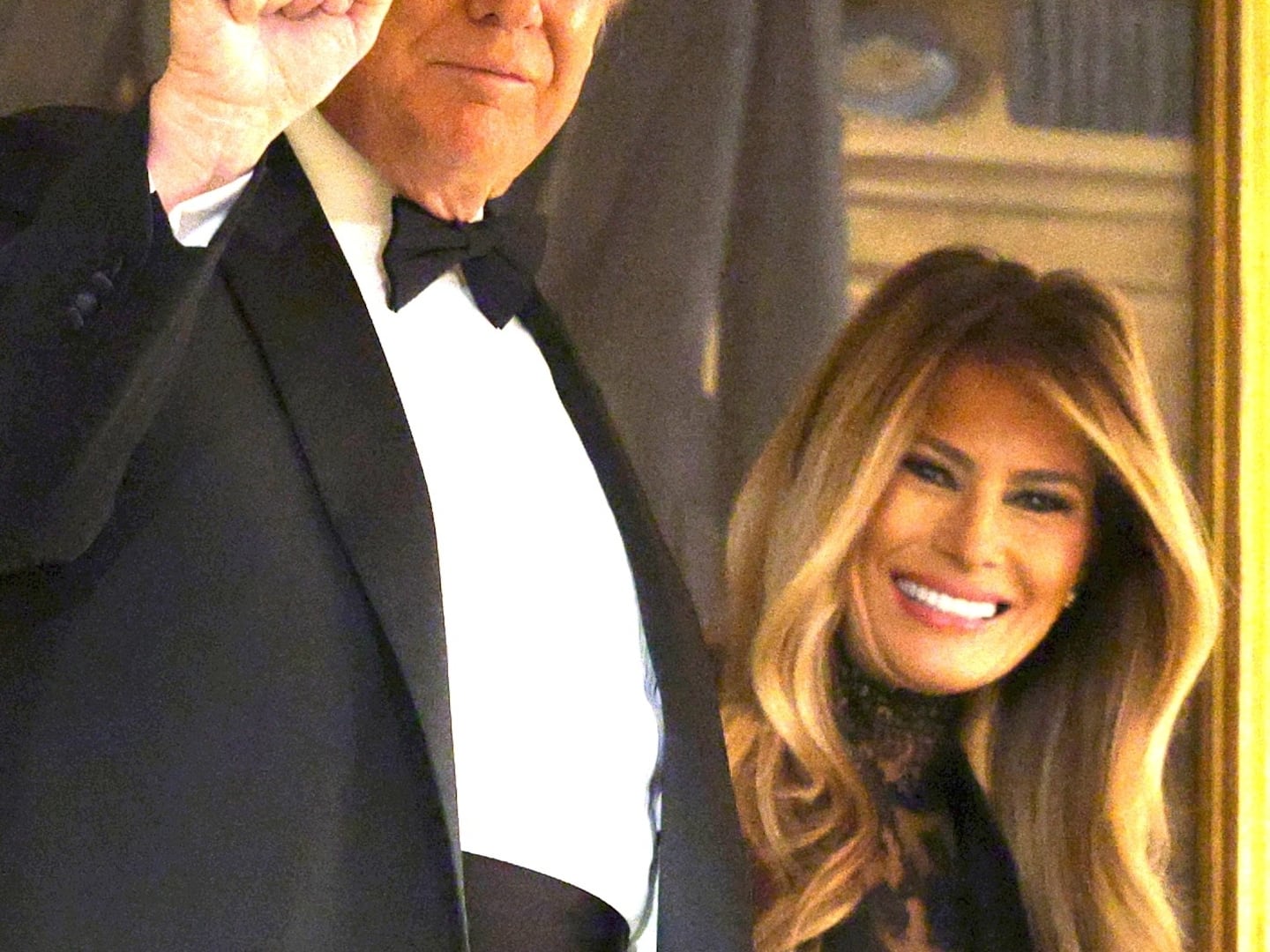My favorite scene in Wonder Woman is when Diana Prince and Steve Trevor are ambushed in an alley by German spies. One of the spies points a gun and fires. Diana puts her arm over Steve’s mid-section, blocking the bullet with her gauntlet before lighting up their attackers.
It pays homage to a scene in Richard Donner’s Superman. A gun-toting mugger accosts Clark Kent and Lois Lane in an alley. Clark pretends to faint, blocking Lois and catching a bullet, protecting her while maintaining the milquetoast demeanor of his secret identity.
That scene in Wonder Woman socked me square in the heart on a few levels: As a dad, as a writer, and as a consumer of pop fiction.
Superman was a very important part of my childhood. It told the story of an all-powerful being from a strange land who chooses to help, that doing good is its own reward, that vulnerability and strength are found in the people around you. More than that, it was easy to see myself as Clark Kent. I wore glasses, too.
Those same lessons are on display in Wonder Woman, but with a character who isn’t just a guy masquerading under a different gender pronoun. Her strength is rooted in her compassion, in her ability to love—qualities men tend to scoff at and tamp down.
I was enraptured during Wonder Woman. It was so different as to be profound. I’m thrilled that this will be a part of my daughter’s childhood. Sure, Superman sets a good example, but it means so much more when she can see herself on screen. And despite some recent strides in female representation in the superhero genre, Black Widow is still a second-string Avenger and I’d rather not talk about Harley Quinn.
There are a few important lessons to learn from Wonder Woman’s success. One is that representation matters. Two is that story matters (see: Catwoman). Three, and most importantly, you can make a movie where a woman saves a man, and there isn’t going to be some kind of revolt amongst the male ticket-buying audience.
(Granted, some men did pitch a fit about Alamo Drafthouse’s women-only Wonder Woman screenings, but those men are sad dummies.)
These lessons can be applied to crime and noir fiction, where women are often damsels or victims or sex objects or corpses. Still, now, it’s 2017, and something like half the books in the thriller section include some variation of ‘girl’ in the title.
The siren call is strong on that last bit. When I was trying to come up with a title for my new one, I went through dozens of options until I threw up my hands in frustration and said, forget it, I’m just going to call it The Girl from Prague. My wife raised an eyebrow and asked “where are all the grown-ass women?”
Again, representation matters (and why I landed on The Woman from Prague).
Last year, this book came out by a male writer and I don’t want to name it—glass house—but there was a character who was pretty cool until things went sideways, and then she melted. Every bit of agency gone as she devolved into a blubbering mess.
Not to say it couldn’t happen. Plenty of smooth operators lose their cool under fire. But the way it was presented felt downright regressive. Maybe it was just me. The book was certainly popular enough. But it took me right out of the narrative.
It frustrates me whenever I come across a female character who falls comfortably and flawlessly into a stereotypical gender role: the servant or the put-upon wife or the sex object or the soft little thing that needs to be saved.
Crime fiction isn’t devoid of the female touch—The Last Place You Look by Kristen Lepionka and UNSUB by Meg Gardiner, two recent releases, are great examples of modern crime fiction with protagonists who prove ‘tough’ and ‘feminine’ aren’t mutually exclusive—but there’s room to improve.
And that doesn’t mean the task has to be left solely in the hands of directors like Patty Jenkins and authors like Lepionka and Gardiner. Yes, their voices are incredibly important. But I think it’s incumbent on all writers (but especially male writers) to step up their game and open themselves up to different narrative perspectives.
This was all on my mind as I was putting together Prague. I write an amateur private investigator who fancies himself a bit of a tough guy. And for three books he was. But it was time to test him, and as I was developing the fourth I realized how much more fun (and hopefully compelling) it would be, to have the two people who test him be women.
This is slightly less about giving my daughter a role model—she’s not reading my books until she’s much older—and more about expanding my boundaries as a writer. To write something I hadn’t read before. To better reflect the world around me. Who says a woman can’t kick ass? There are certainly a few women in my Krav Maga class who could knock me the hell out.
There are a lot of good answers to the question of why we consume fiction. My favorite answer has always been from my favorite writer, Tom Spanbauer: Fiction is the lie that tells the truth truer.
Fiction is a way for us to examine the world around us, to process it, to develop a greater sense of empathy and understanding. To discover the universal experience, both as a reader and a writer.
The earliest and most enduring superheroes are mostly men. Hardboiled detectives are traditionally dudes. And a lot of people consider these genres for men only. I call bullshit. All that matters in the end is story. If it’s good, good. If it reveals to you a new facet of the world, even better.
Good writers reflect the world around them, and the world is a diverse place. Artists have a responsibility to reflect that diversity. Because how can you effectively lie when you’re not telling the truth in the first place?
This isn’t just so my daughter has more opportunities to watch women saving the day.
Though, that’s a big part of it, too.






